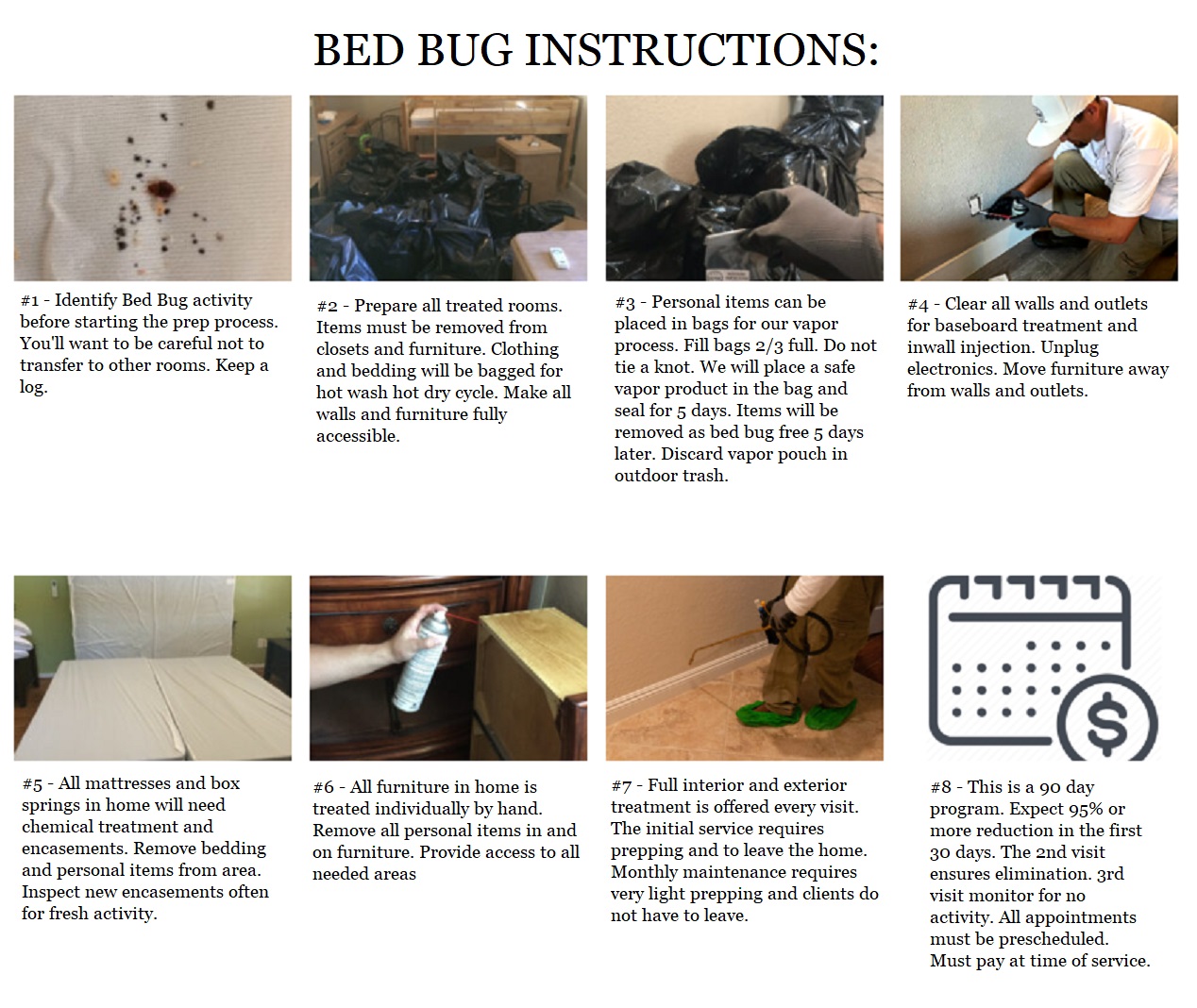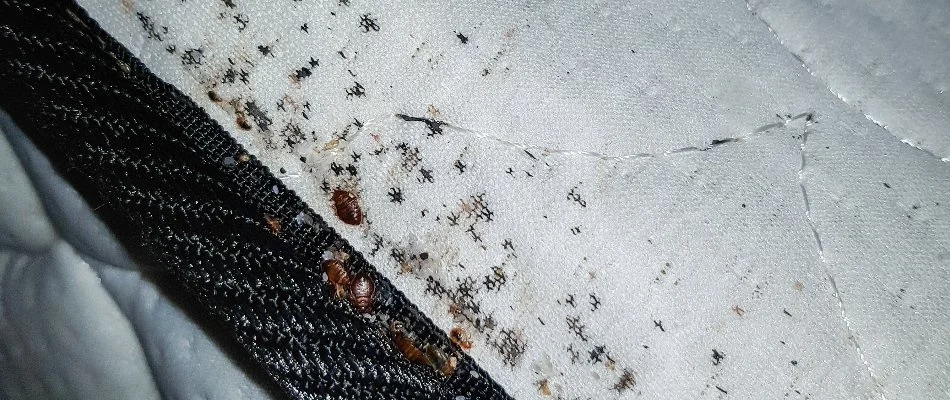Bed Bug Services Fundamentals Explained
Get This Report about Bed Bug Services
Table of ContentsUnknown Facts About Bed Bug ServicesThe Best Guide To Bed Bug ServicesWhat Does Bed Bug Services Do?Some Ideas on Bed Bug Services You Need To Know
A professional bed bug inspection is a meticulous process and relies on expertise. Bed bugs are difficult-to-detect, fast-moving pests that seek cracks, crevices, and furniture seams. Because of their hidden habits, detailed examination is necessary to accurately locate and quantify infestations. Professional inspectors use a combination of tools, procedures, and knowledge to locate pests effectively, reducing the risk of escalation.The first step in the inspection process involves familiarizing oneself with the biology of bed bugs. Bed bugs belong to the Cimicidae family and undergo a life cycle that includes eggs, nymph stages, and adulthood. Adults are around five millimeters long, flat, reddish-brown, and wingless with slender legs and antennae. Their feeding apparatus injects anticoagulants while drawing blood, often causing red, itchy welts on hosts. Knowing these traits helps inspectors anticipate hiding spots.
Early detection is vital for stopping the problem from spreading. Professionals look for specific indicators such as dark spots of fecal matter, molted skins, and eggs (Bed Bug Services). Even one female can produce dozens of eggs quickly, leading to rapid infestations if unchecked. Evidence of discarded skins and eggs signals ongoing activity and demands thorough examination
Preparing for an inspection involves careful organization. Inspectors often recommend clearing clutter from treatment areas, which makes it easier to inspect furniture and wall edges. Bedding and linens may be washed in hot water and dried on high heat, and then kept in plastic bags to maintain cleanliness. Wall decor, mirrors, and pictures should be taken down to inspect behind frames. my link Vacuuming furniture and floors can remove loose pests, and vacuum bags should be discarded carefully to avoid spreading.
3 Simple Techniques For Bed Bug Services
The inspection itself is methodical and detailed. Inspectors focus on sleeping areas like beds, headboards, and mattresses, checking seams, folds, handles, and crevices. Upholstered furniture, including seating furniture, is inspected thoroughly, including underneath and inside cushions. Baseboards, moldings, the edges of wall-to-wall carpeting, electrical outlets, closets, and storage areas are methodically checked, as these can be common harborage sites.
Specialized tools improve inspection effectiveness. Flashlights, magnifying lenses, multi-tools, and mirrors allow examination of tight spaces. Monitoring devices like interceptor traps or sticky pads help track bed bug activity over time. Some companies use detection dogs, which can locate live bed bugs quickly, distinguishing them from Discover More non-active traces.

Meticulous documentation is a key component. Inspectors record the locations of evidence, severity of infestation, and treatment recommendations. This ensures accountability and offers proof of inspection. Residents are often advised not to remove blood-stained sheets or vacuum infested areas, as this prevents loss of critical information.
After inspection, a monitoring plan may be put in place to verify infestations and observe trends. Continuous monitoring identifies surviving insects after treatment, and collecting feedback from occupants helps pinpoint problem areas. Cooperation from residents supports the inspection process.
Little Known Facts About Bed Bug Services.

Professional inspections are more reliable than self-inspections. Trained inspectors recognize early evidence of bed bugs, ensure the correct pest is addressed, and provide certainty.
Bed bug inspections are particularly important in informative post high-risk environments. Inspectors check neighboring rooms and shared spaces to confirm complete assessment (Bed Bug Services). This stops further spread
In summary, a professional bed bug inspection involves understanding bed bug biology, preparing the space, conducting systematic inspections, using specialized tools, documenting findings, and implementing monitoring protocols. Each step supports early detection, informs treatment, and reduces future risk.
The Best Guide To Bed Bug Services
